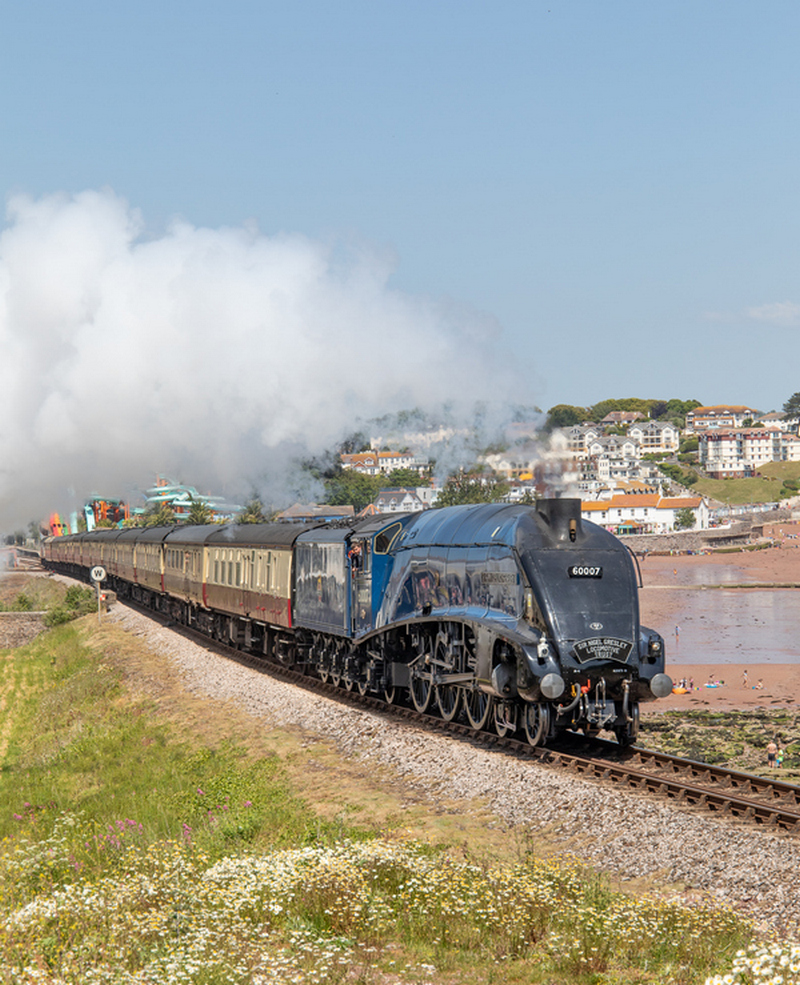How to Use Your Camera Settings for Better Results in Railway Photography
Railway photography is a captivating genre that appeals to many photography enthusiasts. From the timeless beauty of steam locomotives to the sleek modern designs of high-speed trains, railway photography presents an array of opportunities to capture mesmerizing images. Nevertheless, mastering the camera settings is essential to achieve the best results in this genre, just like in any other photography field. In this article, we will delve into some fundamental camera settings that can significantly enhance your railway photography skills.
Shutter Speed
When it comes to capturing moving trains, the shutter speed is an essential factor to consider. Choosing the right shutter speed can make or break your image. Faster shutter speeds freeze the motion and capture sharp images, while slower speeds produce motion blur that adds a sense of speed and dynamism to your photo. Depending on the train’s speed and the desired effect, you can adjust your shutter speed accordingly. Typically, a good starting point is 1/500th of a second, and for faster trains, you can go as high as 1/2000th of a second.
Aperture
The aperture setting is a vital control that governs the depth of field in your image. A wide aperture with a low f-stop number produces a shallow depth of field, separating the train from the background, and resulting in an alluring bokeh effect. Conversely, a narrow aperture with a high f-stop number provides a greater depth of field, capturing more of the scene in sharp focus. Depending on the composition and desired outcome, adjust the aperture setting accordingly to achieve the desired effect.
ISO
The ISO setting is responsible for regulating the camera’s sensitivity to light. When shooting in low light situations, a higher ISO can come in handy as it enables you to capture a well-exposed image without the need for a slow shutter speed. Nonetheless, high ISO’s can result in noise and lower image quality. To minimize the noise while retaining quality, start with a lower ISO and gradually increase it as required.
Focus Mode
In railway photography, the focus mode plays a crucial role in determining how the camera focuses on the subject. Employing the continuous focus mode can be advantageous in tracking the moving train, guaranteeing that it remains in focus throughout. Furthermore, using a single focus point can help to ensure that the focus remains on the most significant part of the train, lending greater clarity to the resulting image.
White Balance
The white balance setting in railway photography plays a vital role in controlling the colour temperature of the resulting image. Given the various lighting conditions that may be encountered, different colour casts may result, affecting the overall look of the image. It is, therefore, recommended to either use the auto white balance setting or manually adjust the white balance based on the prevailing lighting conditions to ensure accurate colour representation in the final image.
Verdict
Mastering the camera settings is essential for achieving better results in railway photography. By adjusting the shutter speed, aperture, ISO, focus mode, and white balance, you can capture stunning images of moving trains and create dynamic compositions. Experimenting with different settings and techniques can help you develop your own style and create images that stand out. So, grab your camera, head out to the railway, and start practising these tips to take your railway photography to the next level!
The post How to Use Camera Settings for Better Results in Railway Photography appeared first on Railway Photography.
